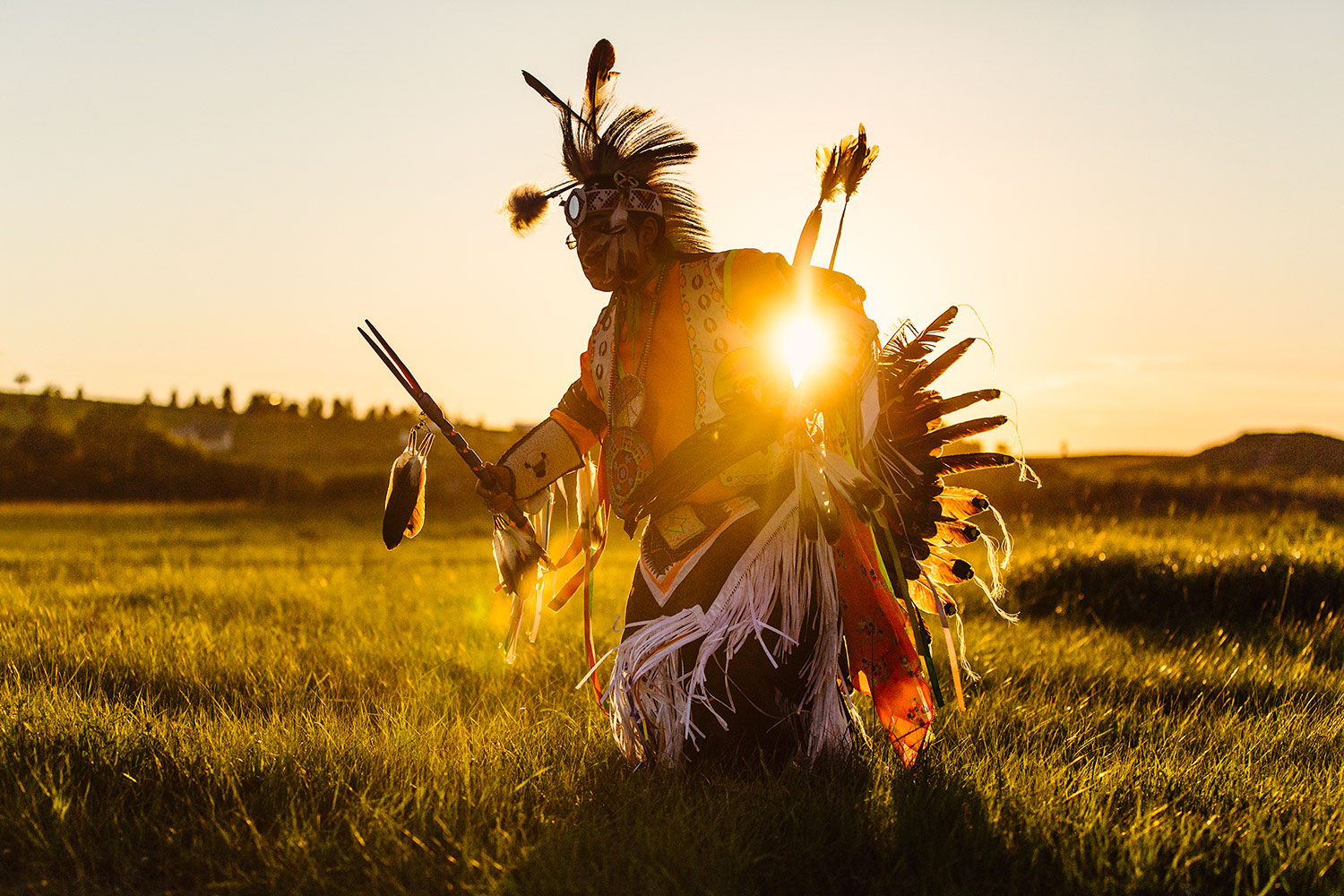Treaty Partners
Orange Shirt Day Events
Sunrise Ceremony
Wednesday, September 24 from 6:30 to 8 a.m.
285 Britannia Ave W, Oshawa, ON L1H 7K4, Windfields FarmsYou're invited to attend the Sunrise Ceremony, honouring the Fall Equinox. A meaningful morning of ceremony, prayer and traditional teachings as we honour the Fall Equinox. This gathering offers space to deepen Indigenous awareness and reflect on our collective journey toward truth and reconciliation.
Silent No More: Virtual tour of residential school
Thursday, September 25 at 12:30 p.m. Virtual via zoomTake part of a virtual tour of the Mohawk Institute Residential School. The virtual tour will guide you through the former Residential School, giving the history of the institution over its 140-year history. You'll get to see different rooms inside the school and hear interviews from five survivors. Space is limited—register in advance:
|
Moose Hide Campaign The Moose Hide Campaign is an Indigenous-led, grassroots movement of men, boys and all Canadians—standing up to end violence against women and children. Half of all women in Canada have experienced at least one incident of violence since the age of 16; the percentage is much higher for Indigenous women. The Moose Hide Campaign provides us a way to come together and take a stand against violence towards women and children in our journey to reconciliation. As an Ambassador Campus, we're working to build a safer society for all. You can get involved with the campaign by:
Additional resources: |
|
|

